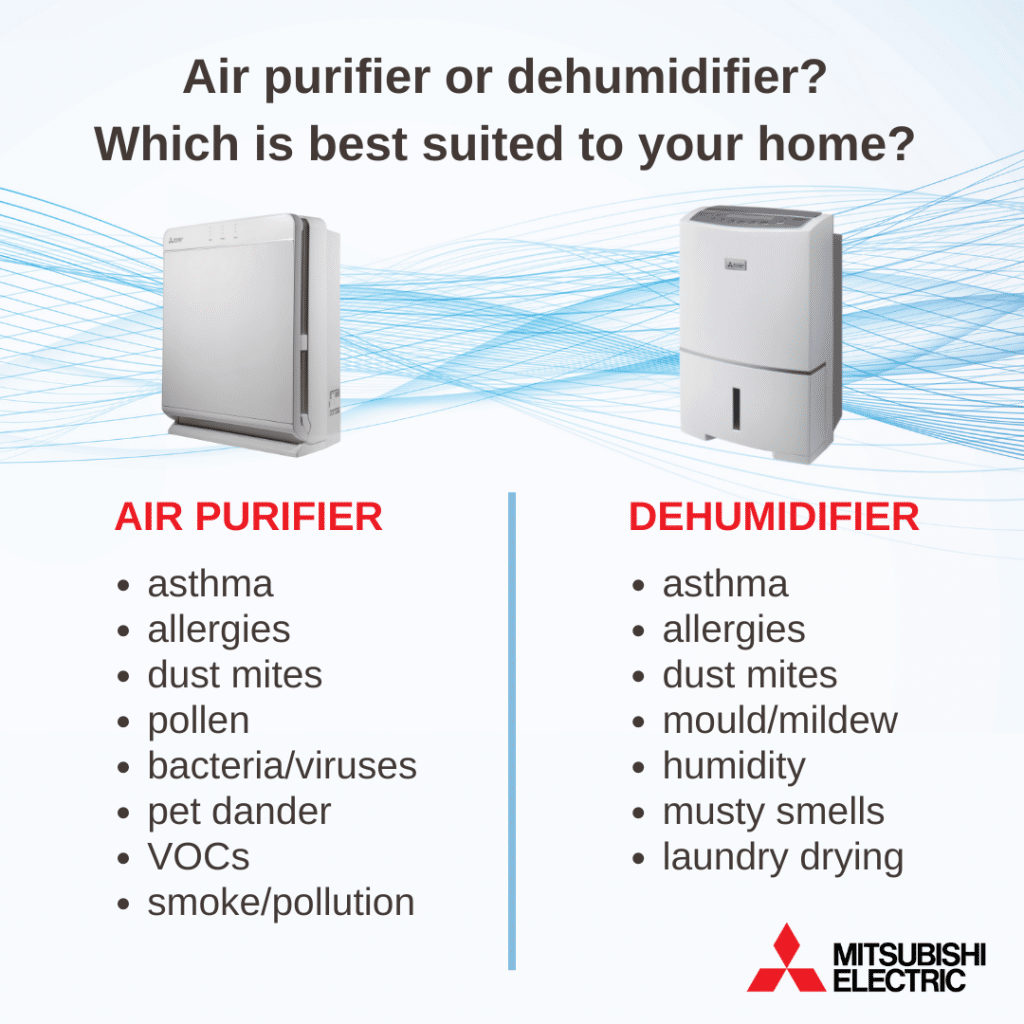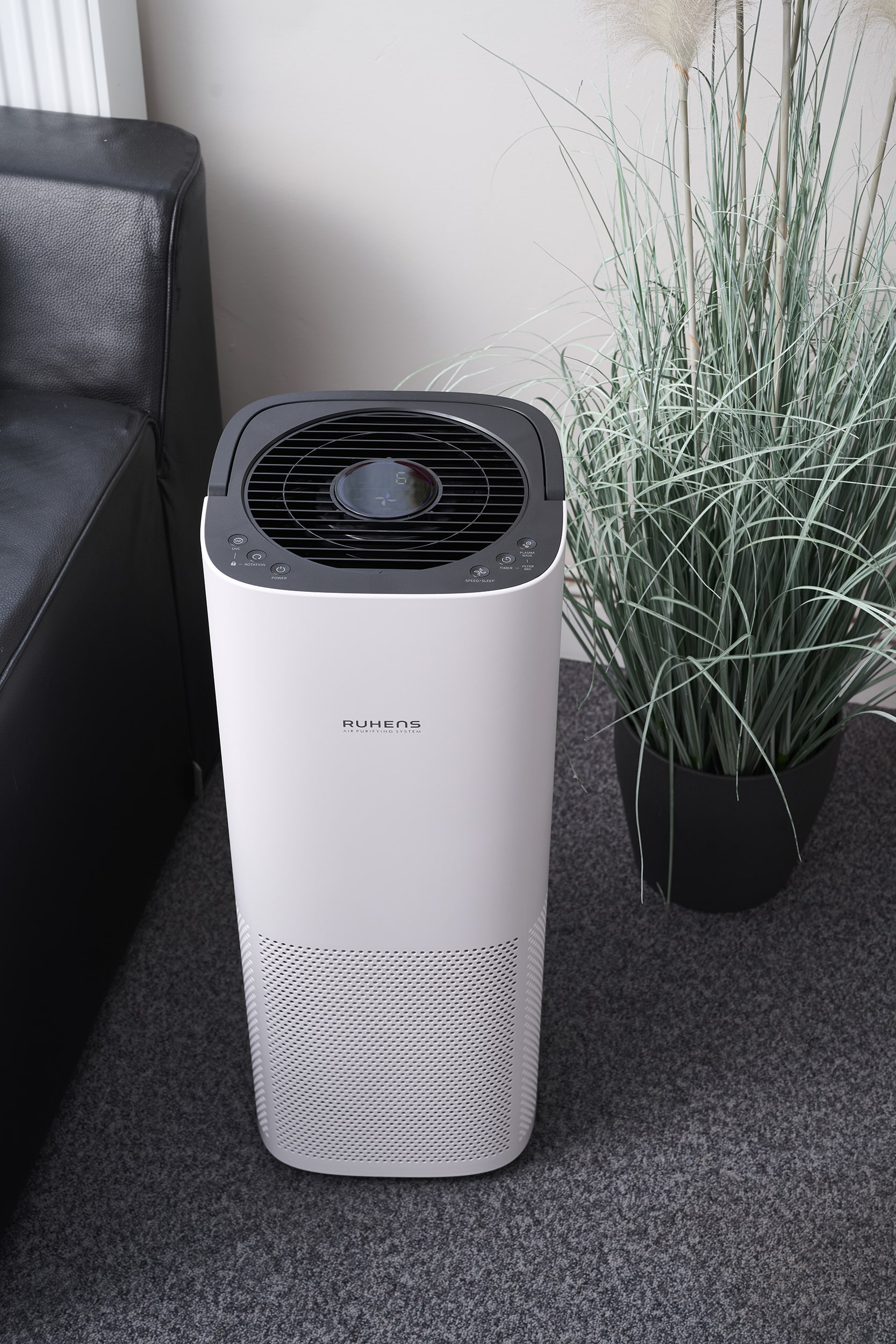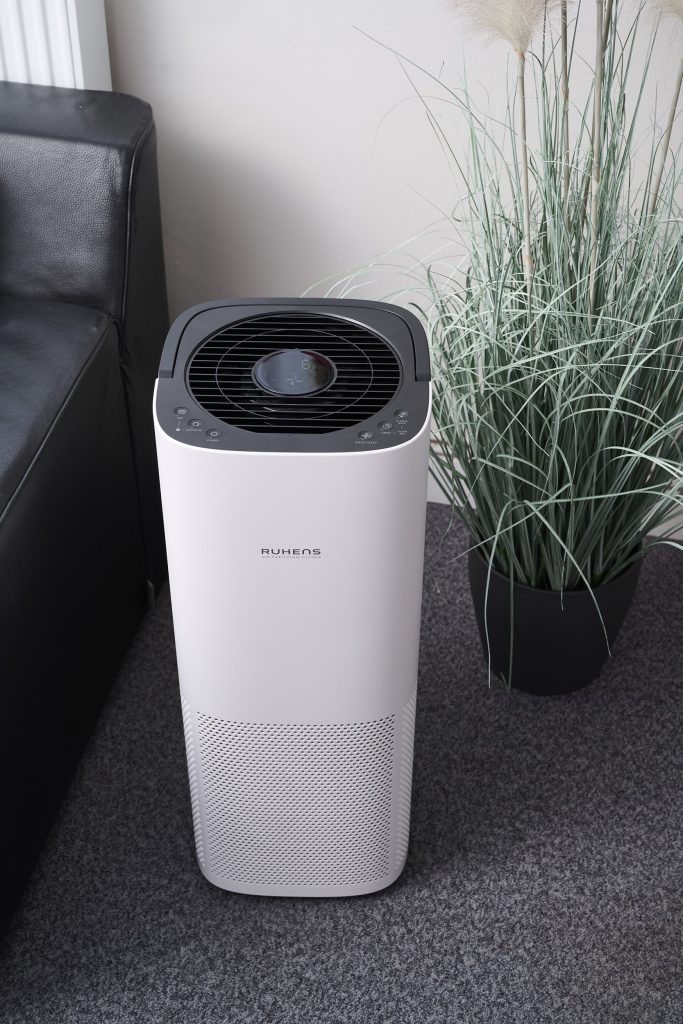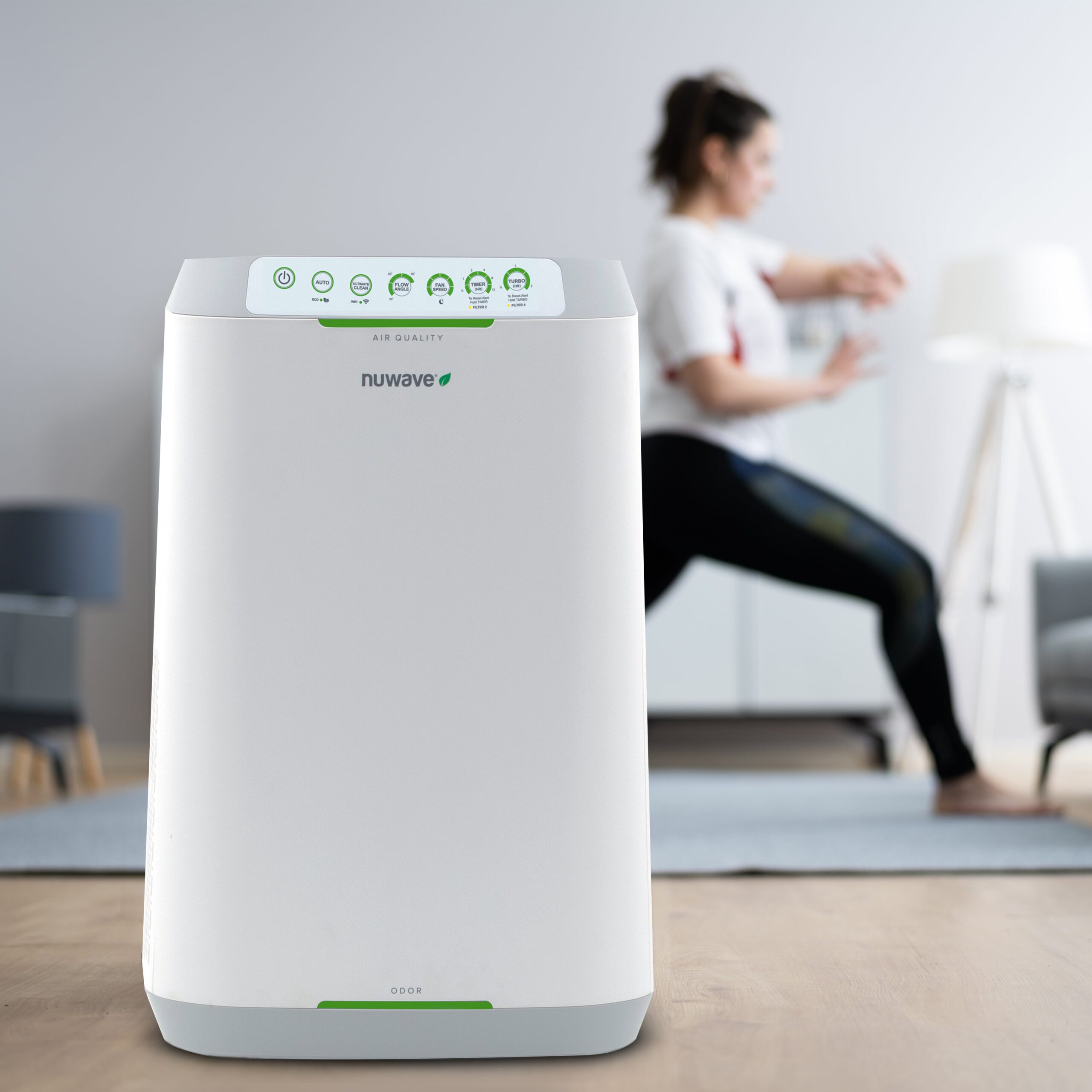A dehumidifier is not the same as an air purifier. They serve different purposes in improving indoor air quality.
Dehumidifiers and air purifiers play distinct roles in enhancing your home’s air quality. A dehumidifier reduces moisture levels, preventing mold and mildew growth. On the other hand, an air purifier removes airborne particles like dust, pollen, and pet dander. Both devices offer unique benefits and can complement each other.
Choosing the right one depends on your specific needs. For instance, if humidity is a problem, a dehumidifier is essential. If allergies are your main concern, an air purifier is more suitable. Understanding the differences helps you make an informed decision for a healthier living environment.
Basics Of Dehumidifiers
Understanding the basics of dehumidifiers is essential. A dehumidifier is a device that removes moisture from the air. High humidity levels can cause discomfort and health issues. Dehumidifiers can help reduce these problems.
How Dehumidifiers Work
Dehumidifiers use fans and coils to remove moisture. The air passes over cold coils. Moisture condenses on the coils and drips into a tank. The dry air is then released back into the room.
Benefits Of Using Dehumidifiers
- Reduces Mold Growth: Lower humidity levels prevent mold.
- Improves Air Quality: Less moisture means cleaner air.
- Prevents Dust Mites: Dust mites thrive in humid conditions.
- Protects Furniture: Wood and fabric last longer.
| Benefits | Impact |
|---|---|
| Reduces Mold Growth | Prevents health issues |
| Improves Air Quality | Breathing becomes easier |
| Prevents Dust Mites | Reduces allergies |
| Protects Furniture | Extends lifespan |
Using a dehumidifier can make your home healthier. It creates a more comfortable living space.

Credit: www.mitsubishielectric.com.au
Basics Of Air Purifiers
Air purifiers are devices designed to remove contaminants from the air. They are especially beneficial for people with allergies, asthma, or respiratory issues. These devices can improve indoor air quality, making your living space healthier.
How Air Purifiers Work
Air purifiers use various technologies to clean the air. The most common type uses a fan to draw air through a filter. The filter traps airborne particles like dust, pollen, and pet dander. Some air purifiers also use UV light or ionizers to eliminate germs and bacteria. Here’s a table to summarize the main components and their functions:
| Component | Function |
|---|---|
| Fan | Draws air into the purifier |
| Filter | Traps dust, pollen, and pet dander |
| UV Light | Kills germs and bacteria |
| Ionizer | Removes tiny particles from the air |
Benefits Of Using Air Purifiers
Air purifiers offer several benefits. Here are some key advantages:
- Improves Air Quality: Removes pollutants and allergens.
- Reduces Odors: Eliminates unpleasant smells from pets, cooking, and smoke.
- Prevents Respiratory Issues: Helps in reducing symptoms for asthma and allergy sufferers.
- Promotes Better Sleep: Clean air can lead to a more restful sleep.
Using an air purifier can make a significant difference in your home’s air quality. This is crucial for maintaining good health.
Key Differences
Understanding the key differences between a dehumidifier and an air purifier helps in choosing the right device. Each serves a unique purpose and targets different issues within your home environment.
Functionality
A dehumidifier reduces moisture levels in the air. It extracts water, making the air drier. This helps in preventing mold and mildew.
An air purifier cleans the air. It removes dust, pollen, smoke, and other particles. This improves indoor air quality.
Target Pollutants
Dehumidifiers target humidity. They are effective against mold, mildew, and musty odors.
Air purifiers focus on airborne particles. They filter out allergens, dust, pet dander, and smoke.
| Device | Target Pollutants |
|---|---|
| Dehumidifier | Humidity, Mold, Mildew, Musty Odors |
| Air Purifier | Allergens, Dust, Pet Dander, Smoke |
Usage Scenarios
Use a dehumidifier in basements or bathrooms. These areas often have high humidity. Dehumidifiers help keep these spaces dry and mold-free.
An air purifier is great in living rooms or bedrooms. These areas benefit from cleaner air, especially for people with allergies.
- Dehumidifier: Best for damp spaces.
- Air Purifier: Best for clean air needs.
When To Use A Dehumidifier
Understanding when to use a dehumidifier can improve your home’s air quality. This device reduces excess moisture in the air, preventing mold and mildew. Below, we explore the ideal conditions and common use cases for using a dehumidifier.
Ideal Conditions
- High Humidity: Use a dehumidifier when indoor humidity levels exceed 60%.
- Damp Basements: Basements often have higher humidity, making them ideal for a dehumidifier.
- After Flooding: Remove moisture quickly after a flood to prevent mold growth.
- Seasonal Changes: Summer months are usually more humid, making dehumidifiers essential.
Common Use Cases
| Use Case | Reason |
|---|---|
| Bathrooms | Bathrooms generate a lot of moisture from showers and baths. |
| Kitchens | Cooking and washing dishes increase indoor humidity levels. |
| Laundry Rooms | Drying clothes indoors adds moisture to the air. |
| Bedrooms | A dehumidifier can help people with allergies or asthma. |
Using a dehumidifier in these situations can make your home more comfortable. It can also protect your property from damage caused by excess moisture.
When To Use An Air Purifier
An air purifier is a fantastic device for improving indoor air quality. It works by removing pollutants, allergens, and other harmful particles from the air. This can make your home a healthier place to live.
Ideal Conditions
There are specific conditions where an air purifier is particularly useful:
- High Pollution Areas: If you live in a city with high pollution, an air purifier can help.
- Allergy Seasons: During spring or fall, allergens are abundant. An air purifier can filter these out.
- Smoke Exposure: If there’s smoke from wildfires or tobacco, an air purifier can clear the air.
- Pet Owners: Homes with pets can benefit from air purifiers to remove dander and hair.
Common Use Cases
Air purifiers are versatile devices. Here are some common use cases:
- Bedrooms: Improve your sleep quality by using an air purifier in your bedroom.
- Living Rooms: Keep the main areas of your home free from dust and pollutants.
- Offices: Reduce stress and improve focus by purifying the air in your workspace.
- Nurseries: Ensure clean air for your baby’s sensitive lungs.
| Condition | Benefit of Air Purifier |
|---|---|
| High Pollution | Reduces airborne pollutants |
| Allergy Seasons | Filters allergens |
| Smoke Exposure | Clears smoke particles |
| Pet Dander | Removes pet hair and dander |
Choosing the right air purifier can make a significant difference in your indoor air quality. Consider your specific needs and the conditions of your home.

Credit: www.aircaresolutions.co.uk
Can You Use Both?
Many people wonder if they can use both a dehumidifier and an air purifier. The simple answer is yes. These devices serve different purposes but can work together for a healthier home. Let’s explore how using both can benefit you.
Complementary Benefits
A dehumidifier reduces the moisture levels in the air. This helps prevent mold, mildew, and dust mites. A dehumidifier is especially useful in humid climates. On the other hand, an air purifier cleans the air by removing pollutants. It targets dust, pollen, smoke, and pet dander. Both devices improve air quality but in different ways.
Using both devices creates a cleaner, healthier living space. A dehumidifier makes the air drier, which is less hospitable for allergens. An air purifier removes airborne particles, making the air cleaner. Together, they create a more comfortable and healthier home environment.
Tips For Combined Usage
- Place the dehumidifier and air purifier in different areas of the room.
- Ensure both devices have enough space around them for airflow.
- Keep doors and windows closed to maximize efficiency.
- Regularly clean and maintain both devices for optimal performance.
- Use a hygrometer to monitor humidity levels and adjust settings accordingly.
Using both devices correctly enhances their benefits. Follow these tips to get the most out of your dehumidifier and air purifier.
| Feature | Dehumidifier | Air Purifier |
|---|---|---|
| Function | Reduces humidity | Removes pollutants |
| Primary Benefit | Prevents mold and mildew | Cleans the air |
| Best For | Humid climates | Allergy sufferers |
Both devices offer unique benefits. Combining them provides a comprehensive solution for better indoor air quality.
Choosing The Right Device
When deciding between a dehumidifier and an air purifier, it is essential to choose the right device for your specific needs. Both devices serve different purposes and can significantly impact your indoor air quality.
Assessing Your Needs
First, assess your needs to determine which device is best for you. Consider the following factors:
- Humidity Levels: If your home feels damp or musty, a dehumidifier may be necessary. It helps reduce moisture and prevents mold growth.
- Allergies and Asthma: An air purifier is ideal for people with allergies or asthma. It removes dust, pollen, and other allergens from the air.
- Odor Elimination: Air purifiers are also effective at eliminating odors from pets, cooking, and smoke.
- Health Concerns: Both devices can improve overall air quality, but an air purifier is more effective for airborne particles.
Making An Informed Decision
Once you have assessed your needs, it’s time to make an informed decision. Here are some key points to consider:
| Feature | Dehumidifier | Air Purifier |
|---|---|---|
| Primary Function | Reduces humidity | Removes airborne particles |
| Best For | Damp environments | Allergy sufferers |
| Odor Removal | Limited | Highly effective |
| Energy Consumption | Moderate to high | Low to moderate |
Budget: Determine your budget and find a device that fits within it. Dehumidifiers and air purifiers come in various price ranges.
Room Size: Consider the size of the room where you will use the device. Some devices are more effective in larger spaces.
Maintenance: Both devices require regular maintenance. Dehumidifiers need their water tanks emptied, while air purifiers need filter replacements.
By understanding your needs and comparing features, you can choose the right device to improve your indoor air quality.

Credit: www.aircaresolutions.co.uk
Frequently Asked Questions
What Does A Dehumidifier Do?
A dehumidifier reduces humidity levels in the air. It helps prevent mold and mildew. It also improves indoor air quality.
How Does An Air Purifier Work?
An air purifier removes contaminants from the air. It uses filters or electrostatic methods. It helps reduce allergens and pollutants.
Can A Dehumidifier Clean The Air?
No, a dehumidifier cannot clean the air. It only reduces humidity levels. An air purifier is needed to clean the air.
Do I Need Both Devices?
It depends on your needs. Use a dehumidifier for humidity control. Use an air purifier for removing pollutants.
Conclusion
A dehumidifier and an air purifier serve different purposes. Dehumidifiers reduce moisture, while air purifiers clean the air. Both improve indoor air quality. Choose based on your specific needs. Investing in the right device can significantly enhance your home’s comfort and health.
Make an informed decision to breathe easier.

